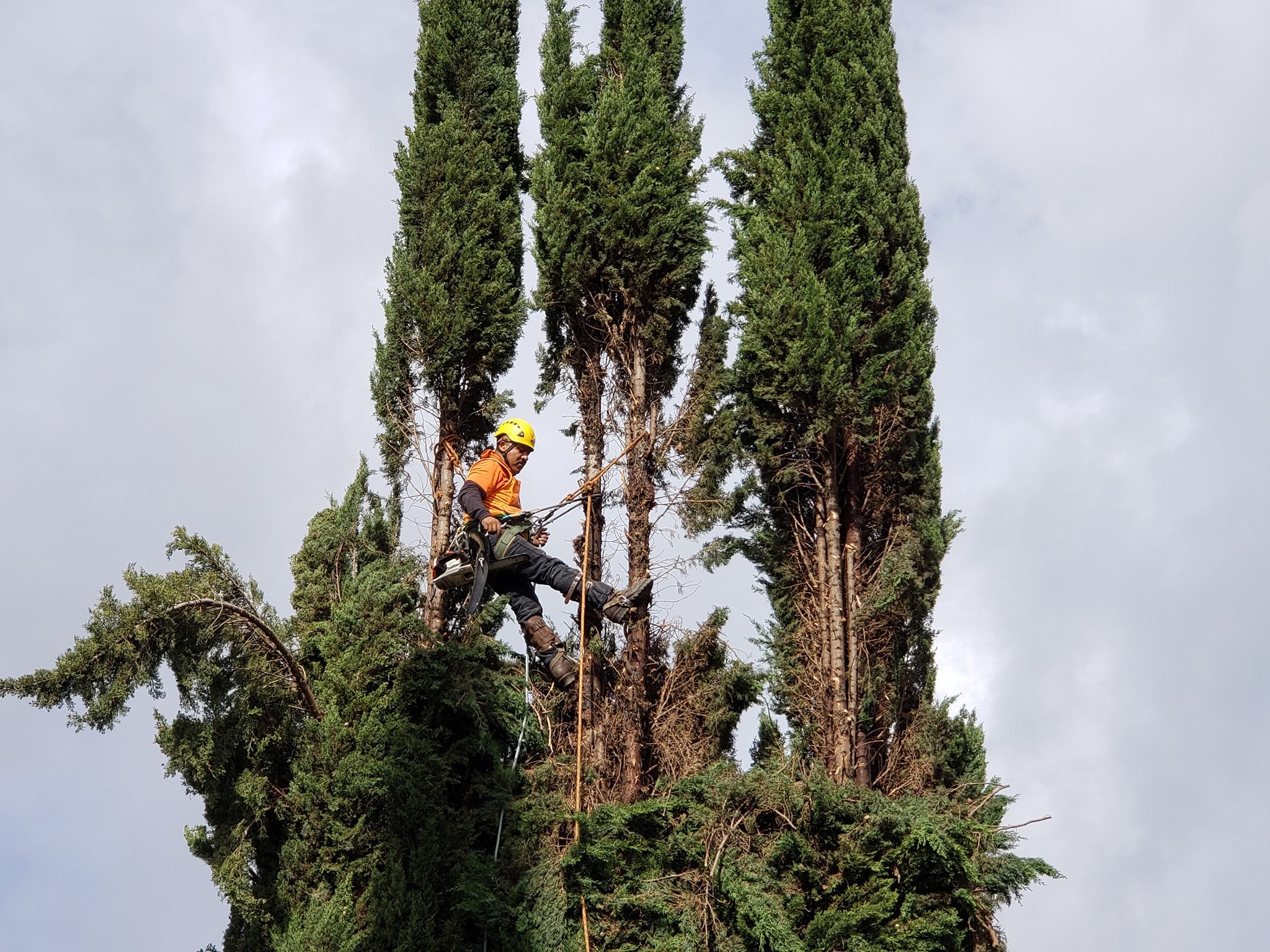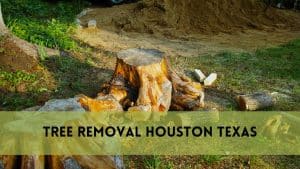Because of their beautiful branches and eye-catching leaves, elm trees have long been linked with strength and durability in the natural world. If you’ve ever wondered, “How fast do elm trees grow?” you’re not alone. In this detailed research, we’ll dig into the interesting domain of elm tree development and examine what factors influence how swiftly these trees grow.
The Amazing Growth Story of Elm Trees
Elm trees, which are scientifically classified as belonging to the genus Ulmus, have an incredible journey from tiny seeds to towering giants. Elm tree growth is influenced by a variety of factors, the most important of which is the environment. Because of their distinctive bark and serrated leaves, these majestic trees are known for their ability to adapt to a broad range of temperatures.
Comprehending the Development
Elements Climate Matters: Elm trees can thrive in a wide range of climates, from temperate to subtropical. However, the growth rate can change based on the particular climate. Elms typically grow more quickly in areas with good sunlight, rich soil, and moderate rainfall.
Quality of Soil: Elm tree growth rate is highly dependent on the kind and condition of the soil. Loamy soil that drains well creates the perfect environment for strong root growth, which speeds up total growth. On the other hand, inadequate soil conditions might hinder growth and necessitate extra attention.
Watering Wisdom: Elm trees require a sufficient amount of moisture to grow. Although these trees can withstand some drought, regular irrigation during dry spells promotes healthy growth. But too much moisture can prevent them from growing, which is why a well-balanced watering schedule is crucial.
The Elm Tree’s Life Cycle
Elm trees have an interesting life cycle in which they pass through important growth stages. Gaining knowledge of these phases might help you understand the variables affecting their overall development.
Seed Propagation and Growth
The modest elm seed marks the start of the trip. After the seed is buried in the ground, it begins to germinate, which is when the tree starts to grow. The tree’s promise is demonstrated by the appearance of the first tiny sprout.
Growth of Saplings
The seedling starts to climb towards the sky as it emerges. The young elm is growing vertically quickly during this stage as it establishes its root system and builds the foundation for future growth.
How Fast Do Elm Trees Grow?
As the elm tree ages, its growth pattern changes from vertical to lateral. Elms are known for their distinctive umbrella-like canopy, which is created by extending branches. The health and lifespan of the tree as a whole depend heavily on this stage.
Variables Affecting Growth Rate
Genetic Variability: Elm tree growth rates differ throughout species and variations. Certain species grow more quickly by nature, whereas others could grow more slowly.
Optimizing growth mostly involves choosing the appropriate type for a given environment.
Management of Pests and Diseases: Elm trees are prone to pests and diseases, just like many other types of trees. When these risks are well managed, the tree is able to focus its energy on development instead of defense systems.
Pruning Techniques: By focusing energy on key regions, careful pruning can promote the growth of elm trees. Maintaining the garden regularly, which includes cutting off any unhealthy or dead branches, encourages general health and vitality.
Useful Advice for Quickening the Growth of Elm Trees
Careful Planting
Select a spot with plenty of sunlight and well-draining soil before planting elm trees. To maximize the development potential of the elm species you’re planting, take into account its unique requirements.
Consistent Watering
Keep up a regular watering routine, particularly in arid weather. Watering deeply and sparingly promotes the creation of a strong root system, which supports faster growth.
Boosting Fertilization
Fertilize the tree to add extra nutrients, especially in its early years of growth. This guarantees that the necessary components are accessible for the best possible growth.
Magic Mulch
Spread a layer of organic mulch around the tree’s base to control temperature, keep the soil moist, and keep weeds at bay. Mulching helps create an atmosphere that is favorable for quick growth.
Cautionary Pruning
Pruning the tree on a regular basis will help it maintain its shape, get rid of dead wood, and promote airflow. Pruning keeps resources from being directed to non-essential areas and encourages fresh growth.
FAQs
What is the average growth rate of elm trees?
Elm trees grow at different rates depending on the species, climate, and quality of the soil. Under ideal circumstances, some types can reach early growth rates of up to 3 feet annually.
How can I get my elm tree to grow more quickly?
Elm tree development can be optimized by carefully planning your plantings, giving them frequent watering, fertilizing, mulching, and trimming them back when necessary. Every one of these elements helps to create an atmosphere that is favorable for quick and healthy development.
Is the growth rate of every species of elm tree the same?
No, the growth rates of elm trees vary among species and kinds. Selecting a species that is compatible with your unique growing conditions and preferred rate of growth is crucial.
What is the average maturity age of an elm tree?
Elm trees need different amounts of time to mature, based on their species and local environment. Elm trees can take anywhere from 20 to 50 years to reach full maturity on average.
Do elm trees often face obstacles to their growth?
Elm trees may have problems with diseases, pests, and unfavorable environmental circumstances. These difficulties can be lessened and healthy growth can be encouraged with vigilant pest control, illness prevention, and suitable care techniques.
Conclusion
Elm trees add a message of flexibility and tenacity to the vast tapestry of nature. The complex interactions between environmental elements, care techniques, and the intrinsic qualities of these magnificent trees provide an answer to the question, “How fast do elm trees grow?”
Knowing the mechanics of elm tree growth gives us the ability to manage healthy, thriving ecosystems as environmental stewards. Elm trees, whether they are found in rural or urban areas, are live examples of how beautifully nature grows things. To sum up, the growth rate of elm trees is a complex and dynamic process. We contribute to the thriving legacy of elm tree development for future generations by adopting the values of responsible tree care and utilizing these plants’ natural strengths.





